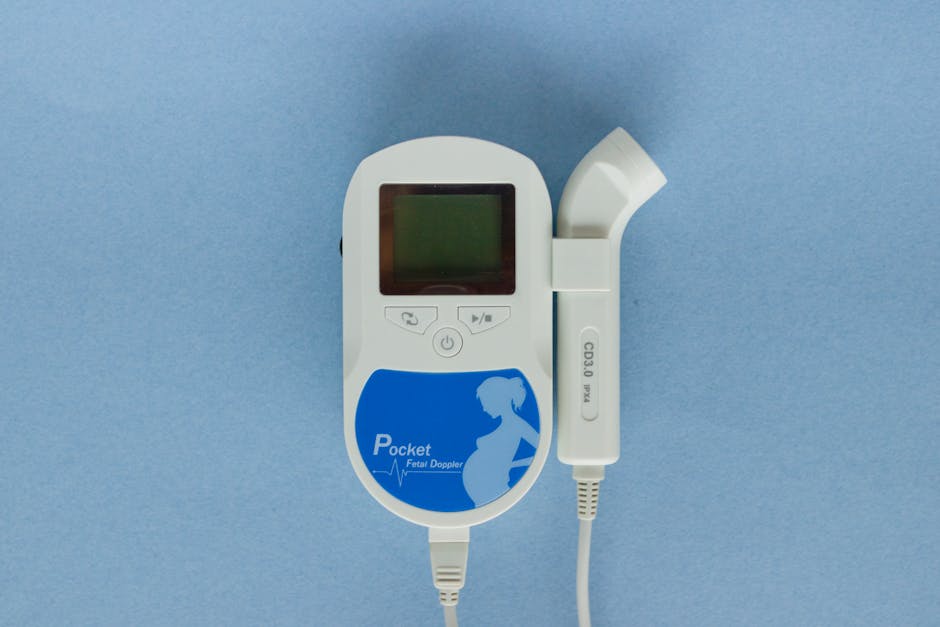What is the Baby Bar Exam?
The “Baby Bar,” officially known as the First-Year Law Students’ Examination (FYLSX), is a significant hurdle for aspiring lawyers in California. Unlike the traditional bar exam, which marks the culmination of law school and the gateway to practicing law, the Baby Bar is a critical checkpoint for students enrolled in California’s unaccredited law programs. It’s a challenging exam, testing a significant portion of the first-year law curriculum, and success is crucial for continued progress in these programs.
Who Takes the Baby Bar?
Primarily, students attending unaccredited law schools in California are required to pass the Baby Bar. These are typically schools not accredited by the American Bar Association (ABA). Passing the Baby Bar is a condition for continuing their legal studies and ultimately applying for admission to the California Bar. It’s a crucial filter, ensuring a baseline level of competency before students progress to the more comprehensive bar exam.

What Does the Baby Bar Cover?
The Baby Bar exam covers a broad range of first-year law school subjects. This includes:
- Constitutional Law: A deep understanding of the U.S. Constitution and its interpretation is essential.
- Contracts: This section focuses on the formation, enforcement, and breach of contracts.
- Criminal Law: Expect questions on criminal procedure, substantive criminal law, and related concepts.
- Torts: This area covers civil wrongs and the resulting legal liabilities.
- Real Property: Questions often center on property ownership, rights, and legal issues surrounding real estate.
The specific topics and their weight may vary slightly from year to year, so consulting the official California Bar Examiners website for the most up-to-date information is crucial. The exam is primarily essay-based, requiring students to analyze legal scenarios and apply relevant rules and principles.
Why is the Baby Bar So Important?
The Baby Bar serves as a critical gatekeeper for students in unaccredited law programs. Passing it demonstrates a minimum level of legal knowledge and competence. Without passing, students cannot continue in their chosen program, effectively halting their path to becoming a lawyer in California. Its importance lies in protecting the integrity of the legal profession and ensuring a certain standard is maintained among legal practitioners.
How to Prepare for the Baby Bar Exam
Successfully navigating the Baby Bar requires a dedicated and strategic approach to preparation. Effective strategies include:
- Structured Study Plan: Develop a detailed plan outlining your study schedule, allocating sufficient time to each subject area. Consistency is key.
- High-Quality Study Materials: Utilize reputable commercial bar review courses, practice exams, and relevant casebooks. Don’t rely on outdated or unreliable resources.
- Practice Exams: Consistent practice is crucial. Regularly taking practice exams helps familiarize yourself with the format, identify weak areas, and improve your time management.
- Understanding Legal Principles: Rote memorization is insufficient. Focus on understanding the underlying legal principles and their application to various fact patterns.
- Seek Feedback: If possible, have your essays reviewed by experienced instructors or tutors. Constructive criticism can significantly improve your performance.
- Time Management: The exam is rigorous, and efficient time management during the exam is essential. Practice under timed conditions.
The Difference Between the Baby Bar and the California Bar Exam
The Baby Bar and the California Bar Exam are distinct, though related, exams. The Baby Bar is a much narrower assessment, focusing solely on first-year material. The California Bar Exam, on the other hand, is a far more comprehensive exam, covering a much wider range of legal subjects and testing a deeper understanding of the law. The Baby Bar’s scope is significantly smaller, acting as a precursor to the far more demanding California Bar Exam.
Passing Rates and Statistics
The Baby Bar pass rate is generally lower than that of the full California Bar Exam. This highlights the challenge it poses to students. Understanding the historical pass rates can provide context and inform your preparation strategy. Checking the official California Bar Examiners website for the most recent statistics is crucial. The fluctuating pass rates indicate the importance of thorough and dedicated preparation.

Resources for Baby Bar Preparation
Many resources are available to assist in Baby Bar preparation. These range from commercial bar review courses offering structured materials and classes to online resources providing practice questions and guidance. However, careful consideration should be given to the reliability and quality of these resources. Choosing reputable sources is critical for effective preparation.
Conclusion
The Baby Bar Exam is a demanding but surmountable challenge for aspiring lawyers in California attending unaccredited law schools. A structured study plan, high-quality materials, and consistent practice are vital for success. By understanding the exam’s scope, preparing diligently, and utilizing available resources effectively, students can increase their chances of passing and progressing towards their legal careers.


